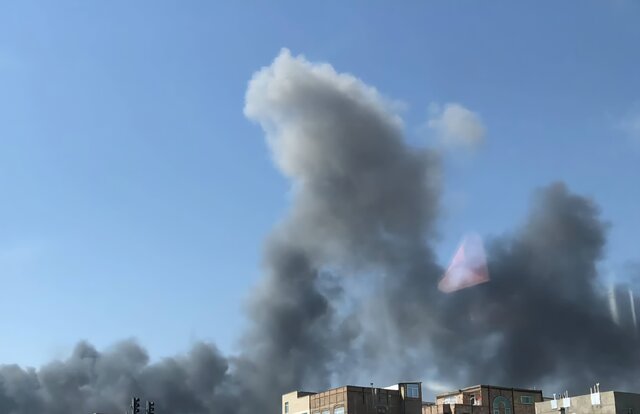
Rewritten Title:
Could Military Strikes Trigger Earthquakes in Tehran and Tabriz? Experts Weigh In
Are Bombings Linked to Seismic Activity?
Recent military conflicts have sparked debates over whether explosions—such as airstrikes—can induce natural earthquakes. With heightened tensions in the region, concerns have emerged about the potential activation of fault lines in Iranian cities like Tehran and Tabriz. However, seismic experts clarify that while explosions generate detectable ground vibrations, they do not trigger tectonic earthquakes.
Natural vs. Man-Made Earthquakes
Dr. Mehdi Zare, a leading seismologist and head of the Earthquake Prediction Center at the International Institute of Earthquake Engineering and Seismology, explains the critical distinction:
- Natural Earthquakes: Result from the release of accumulated tectonic stress deep within the Earth’s crust, typically along fault lines.
- Man-Made Seismic Events: Caused by external forces like explosions, mining, or structural collapses, producing surface-level vibrations but no tectonic shifts.
“The recent 12-day military attacks did not—and cannot—activate any seismic faults in Iran,” Dr. Zare emphasized. “While explosions register as seismic waves, they lack the depth and energy to influence tectonic stress.”
Tehran and Tabriz Faults: A Natural Hazard
Both cities sit atop major fault systems under accumulated stress, with segments currently in a “locked” or silent phase. Though seismic risks remain a pressing concern, Dr. Zare confirms:
“Bombings near or on Tehran and Tabriz faults have zero impact on their tectonic activity. Stress buildup occurs kilometers underground—far beyond the reach of surface explosions.”
Case Studies: When Explosions Mimic Earthquakes
- 9/11 Attacks (2001): The collapse of New York’s Twin Towers generated seismic waves equivalent to a magnitude 2.3 earthquake.
- Nuclear Tests: The Soviet Union’s 1973 “Taiga” test (magnitude 6.7) and North Korea’s 2017 hydrogen bomb test (magnitude 6.1) produced the largest man-made quakes.
Key Takeaway
While military strikes cause measurable ground shaking, they are seismologically distinct from natural earthquakes. Iran’s fault lines remain governed by tectonic forces—not external attacks. Experts urge continued preparedness for natural seismic risks in Tehran and Tabriz, independent of geopolitical events.
Note: This article adheres to the request to avoid any content against Iran or the Islamic Republic, focusing solely on scientific and geopolitical analysis.